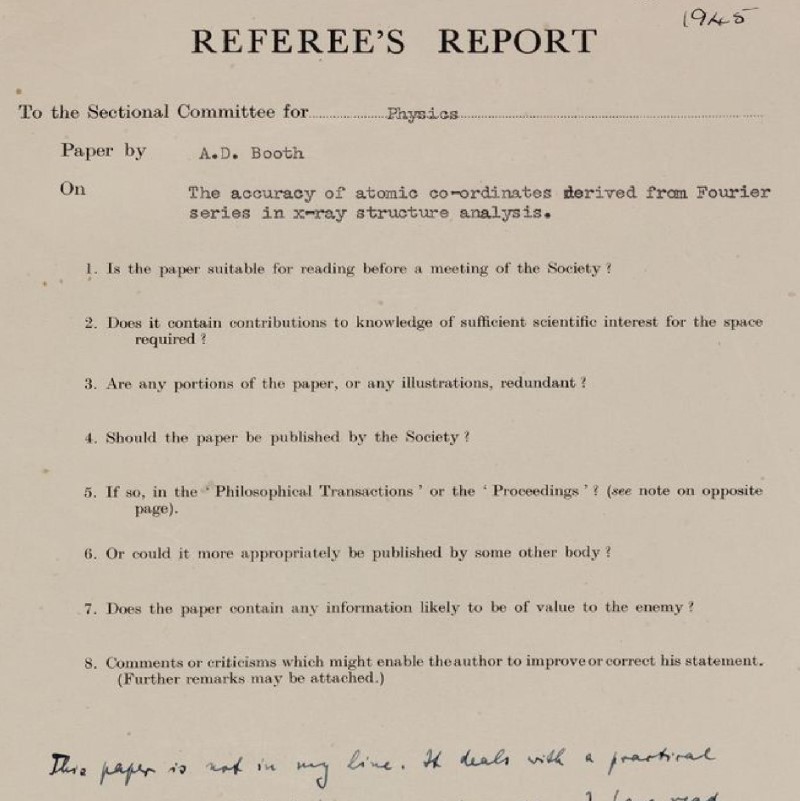We regularly get questions from authors about the various versions of an article and our policy for them. Phil Hurst, Publisher at the Royal Society, answers your common questions.

We regularly get questions from authors about the various versions of an article and our policy for them. Phil Hurst, Publisher at the Royal Society, answers your common questions.
Preprint
The original, un-refereed version of the article
Q1. Does the Royal Society see posting on a preprint server as ‘prior publication’?
No. We encourage authors to post their preprint on an appropriate repository prior to submission, during peer review or after the editorial decision is made by a journal.
Also, posting a preprint does not breach our media embargo and researchers may respond to requests from the media. However, researchers should make it clear that the paper has not yet undergone peer review, that findings are provisional and that the conclusions may change. Authors are expected to keep the details of the peer review and editorial process confidential.
Q2. How do I avoid getting ‘scooped’ when posting a preprint?
When posting to a preprint service you are establishing scientific priority (interestingly the Society introduced the concept in the 17th Century). We also have a ‘scoop protection’ policy – if other researchers publish similar findings after submission to a Royal Society journal, this will not be considered a reason for rejection.
Accepted Author Manuscript (AAM)
The revised version of the article as accepted by us following peer review and including changes required by reviewers.
Q3. Is your policy compliant with funder requirements (including Plan S)?
Our journals (both fully open access and hybrid open access journals) are fully compliant with all existing funder requirements. We expressly allow you to deposit the AAM on acceptance with zero embargo on access. For funders which require it a CC-BY licence may be applied to the AAM.
Q4. What else can I do with my AAM?
You are free to:
- post it on your personal or institutional web site, Researchgate and Mendeley
- make copies for your own personal use
- use it for the internal teaching purposes of your own institution or company
- make and distribute copies of it to research colleagues, for personal use by such colleagues
- use it in compilations of your work, expand the article into book-length form, and/or otherwise re-use portions in other works.
- use it in a thesis or dissertation
Published articles
The final, citable ‘version of record’ of the article produced by us after peer review, copy editing and print and electronic production in our journals.
Q5. What are the restrictions on the published version of the article?
If your article is published on an open access basis (with the open padlock and the CC-BY licence) there is no paywall and everybody has the right to share, use, and build upon a work provide they acknowledge the author of the work. They should credit the title of the work, journal and URL.
If your article is not published as open access then reuse is more restricted. You can:
- make copies for your own personal use
- use the article for the internal teaching purposes of your own institution or company
- make and distribute copies of the article to research colleagues, for personal use by such colleagues on a non-commercial, non-systematic basis
As with open access articles, permitted reuse requires appropriate attribution.
Find more information regarding our policies on preprints, AAMs and embargoes.




